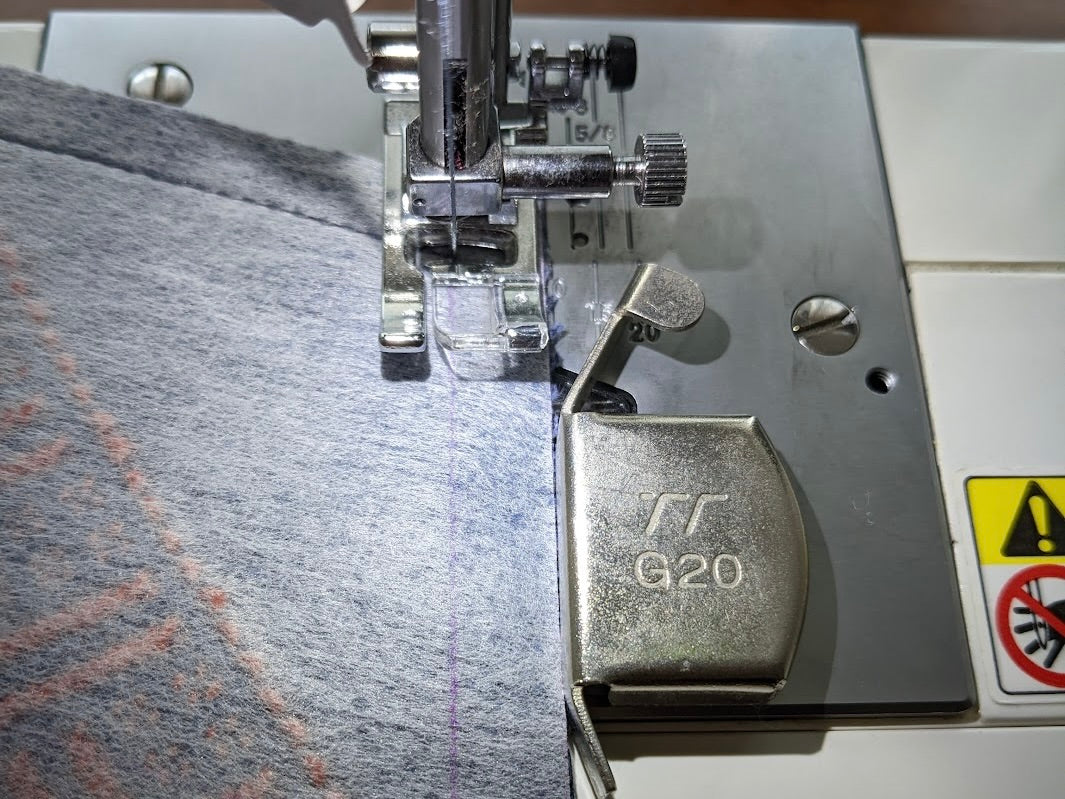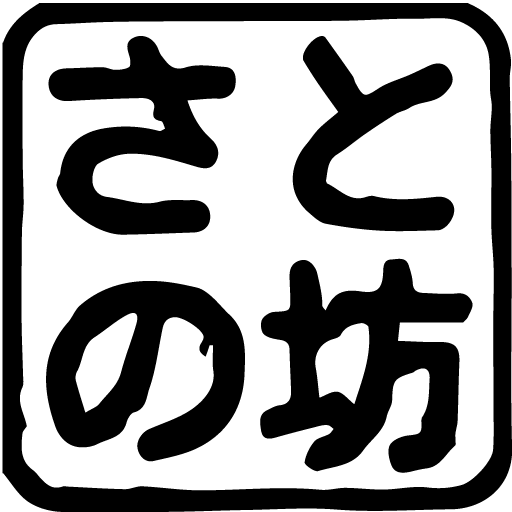
Tailoring relies on tools
◆Kogin sewing relies on tools Today, I would like to talk about my sewing method, which started using a sewing machine after making kogin embroidery. I'm still not confident in sewing with a sewing machine (or even by hand), so I rely on tools as much as possible to create an environment where I don't make mistakes. Every time I do some tailoring, I think to myself, ``It's been a long time since I last used a sewing machine,'' so I have no idea if I'll ever feel more confident with it. Thanks to this, I am able to put into practice what I should never forget when I was a beginner. (lol)
I can't take responsibility for what I write here (sorry!), as I have neither learned it nor taught it, but this is how I actually do it, so I don't think there's anything to be scared of. And since I didn't do much, I don't think I would be any closer to failure if I tried the same way.
◆The sewing machine Satonobo uses First of all, we use thick needles and threads . The sewing machine is a Singer home sewing machine. (Monaminu series) When sewing and preparing for kogin embroidery, I feel it would be helpful to be able to overlock the edges of the fabric (processing to prevent it from fraying), so you can attach an overlock stitch and an overlock presser. I chose the model . I have never used any other special stitches, so I think I will choose something similar even if my sewing machine breaks.

◆Tools you rely on
I always rely on the two tools below.
①Chaco pen (naturally disappearing type)
I marked the sewing positions in advance with a chalk pen. This sense of security is something I would like anyone who is not good at using a sewing machine to experience. (Purple mark in the photo above)
As I wrote below, kogin cloth with kogin embroidery becomes thicker and stronger . I feel that it is different from just sewing cloth. Having a target line for stitching on the fabric gives sewing beginners the ultimate sense of security.
②Magnetic ruler
It's the one next to the cloth in the photo above. I'm not sure if I'm using it correctly, but when sewing kogin fabric, the kogin thread may or may not be in the position where the needle passes, causing the fabric to sway. At times like this, I feel a great sense of security that I won't go any further to the right .
③It is not a tool, but you can sew slowly if necessary.
I don't believe in myself and slow down my sewing speed when I'm unsure of things like bag handles, areas where the fabric overlaps and becomes thick, areas where I want to sew absolutely straight, curves, etc.
I am using the above tools because I am not good at sewing machines, so of course they are unnecessary for those who are good at sewing machines, but I am leaving them here because I believe that there are definitely people like me. It's important to be able to make the kogin you worked so hard on with peace of mind.
By the way, when sewing curved lines, I sometimes use a sewing machine to prevent fraying, but I don't particularly use it when attaching adhesive interlining. I also don't use it when the anti-fray effect of the liquid (pictured below) is perfect.

◆Important work before sewing Items that need to be washed after sewing, such as aprons and coasters, may need to be washed with water depending on what you are sewing . That being said, what I feel is most important is ironing .
Once you have finished stitching, iron the thread to make it even more fluffy and not to crush it. [ Ironing board → Towel → Kogin with the surface facing down → Thin cloth] , and use a steam iron → normal iron mode to shape it. If the cloth seems distorted, gently stretch it horizontally and vertically while it is still slightly moist from the steam. If the kogin is fully stitched (stitched all over the cloth), there is no need to worry too much, but if the kogin is partially stitched , it may become distorted if you pull it with your fingers. It is recommended to use it, hold it down on the surface and stretch it out.
I think that if you make sure that the cloth you have kogin-stitched on is not distorted before you sew, you will be able to get the piece closer to what you had in mind. I'm extremely cautious when it comes to tailoring, so I keep checking the stitch positions, passing the needle through from the front, and checking over and over again. Maybe if you take the plunge and tailor it, you might be able to make it more beautiful? I sometimes think that way, but I don't have the skill to take the plunge, so I'll just do my best with what I've left here for a while. Also, if I notice anything, I will write about it on my blog. I would be happy if we could have fun together, including the tailoring.

(This book cover was also carefully crafted.)
▶️Shop (scheduled to be open for a limited time when you return to Japan temporarily next year)
▶️Instagram (We show you the simplicity of Koginzashi through videos etc.)
Satonobou
